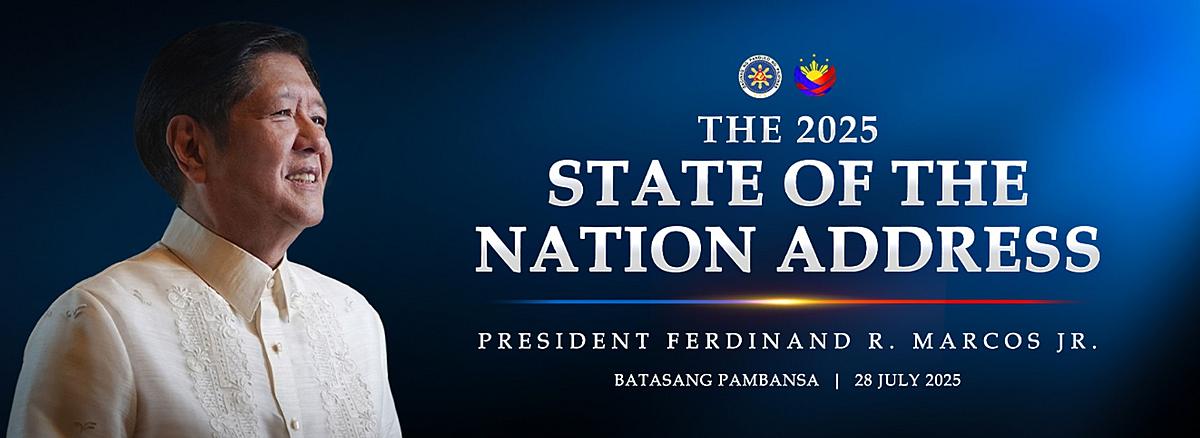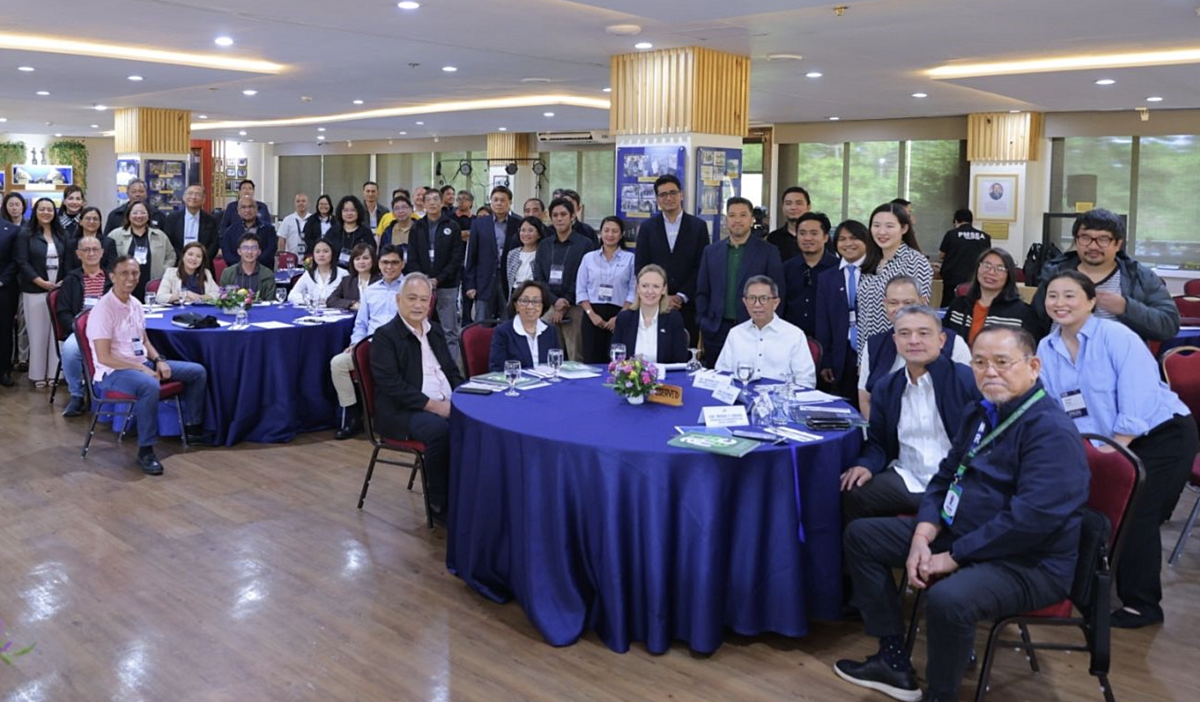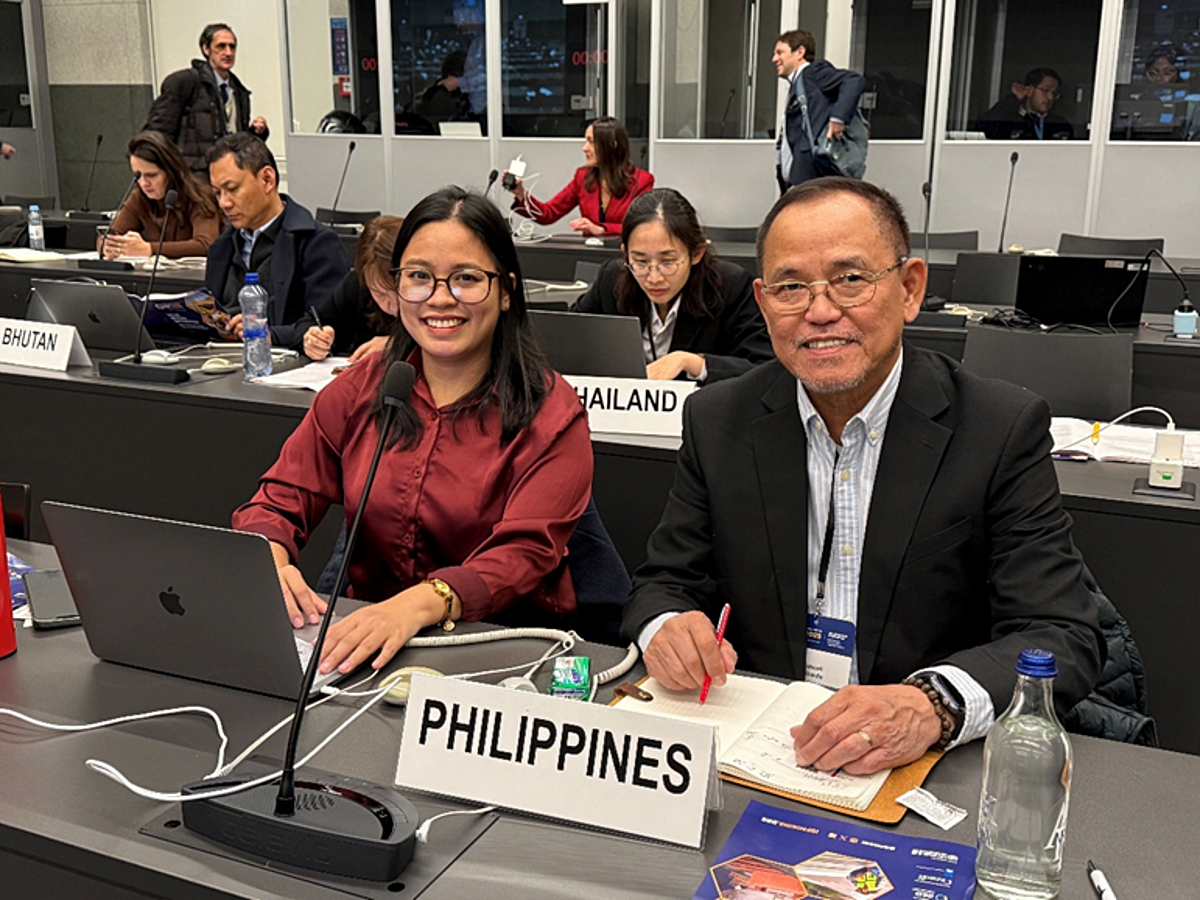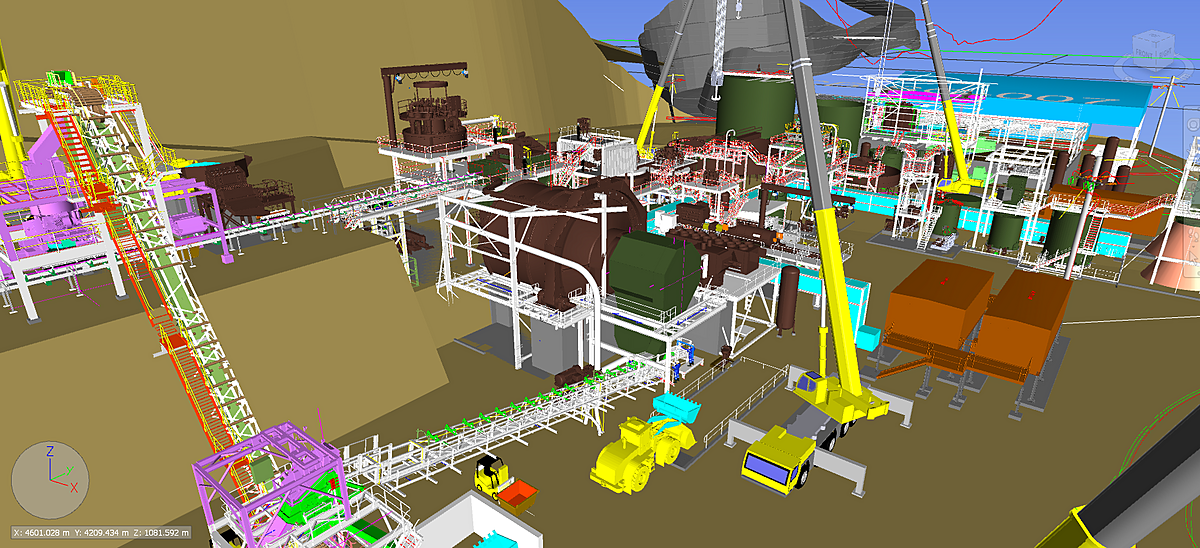In his fourth State of the Nation Address (SONA) delivered on July 28, 2025, President Ferdinand “Bongbong” R. Marcos Jr. reaffirmed his administration’s commitment to infrastructure expansion, rural development and regional connectivity. He outlined key achievements while confronting ongoing issues, stating, “We are building not just for today, but for generations to come.”
The 2025 SONA was held at the Session Hall of the House of Representatives, Batasang Pambansa Complex in Quezon City. The President used the occasion to report progress and respond to recent challenges, such as the electricity outage in Siquijor and the collapse of the Cabagan-Santa Maria Bridge in Isabela.
Turning to the agriculture sector, President Marcos said the government continues to push for increased production of rice, corn, pineapples, coffee, cocoa, sugar cane and other crops. “We are determined to make the Philippines not only food-sufficient but food-secure,” he said. He noted that more than 8.5 million farmers and fishermen are now receiving support from the administration.
Highlighting these rural efforts, he added, “Thousands of farm-to-market roads were created, and thousands of kilometers more will be inaugurated. Thousands of hectares of land were given irrigation systems in the whole country, and a thousand more will be irrigated.”
Shifting to transport infrastructure, the President discussed key rail and road developments. He said that while new train systems like the North-South Commuter Railway are under construction, the government is also focused on improving services provided by the MRT and LRT.
Among the most ambitious infrastructure projects mentioned was the Bataan-Cavite Interlink Bridge. Scheduled to begin construction before the year ends, the 32-kilometer bridge will span Manila Bay and is projected to cost $3.91 billion. “If the trip from Mariveles to Naic takes five hours, someday the trip will only take 45 minutes,” Marcos said.
He also addressed the rehabilitation of the PNR Bicol Line, damaged by Typhoon Kristine, and mentioned the expansion of the Binahan Bridge. Once extended, the bridge will connect Ragay, Camarines Sur, and Tagkawayan, Quezon. “This will be a tremendous help for motorists who are experiencing severe traffic from Quezon to Bicol,” he noted.
In Southern Luzon, the President announced that the SLEX extension from Santo Tomas, Batangas, to Tiaong, Quezon is on track to open by 2026. “Once this project is completed, the four-hour travel time will be reduced to one hour,” he declared.
Across the archipelago, Marcos underscored progress in remote regions. He noted the recent completion of the Nalil-Sikkiat Bridge—one of Tawi-Tawi’s three most important bridges—and revealed that the Malassa-Lupa Pula Bridge is expected to be completed by next year.
He then turned to Mindanao, where the government will launch the Mindanao Transport Connectivity Improvement Project. This initiative will rehabilitate and upgrade 428 kilometers of primary roads linking Cagayan de Oro, Davao City, and General Santos, further promoting regional integration.
Focusing on the capital, the President emphasized the urgency of rehabilitating the Guadalupe Bridge in Metro Manila. He assured commuters that the bridge will remain open during the upgrade, with temporary detour bridges built at both ends before rehabilitation of the main structure begins.
Addressing other urgent needs, Marcos said construction of the Zamboanga del Sur bridge project will start immediately. He cited distressing images of students crossing a flooded river in Barangay Pisompongan, pledging that funding for a new bridge will be secured.
He used these examples to reinforce his call for building long-lasting, resilient infrastructure. Referring again to the collapse of the Cabagan-Santa Maria Bridge, he said it served as a painful reminder of what happens when maintenance is overlooked.
The President concluded with a reflection on the San Juanico Bridge—a legacy of his late father—describing it as “a testament of strength and stability for the past 50 years.” However, he warned that years of neglect have made the structure increasingly risky.
“Under Build Better More, the welfare and safety of the people are the priority,” he said. “The projects should be properly designed. Their quality should be high. They should be finished within the allotted time and undergo proper care and maintenance.”
---
Reference:
Fourth State of the Nation Address of His Excellency Ferdinand R. Marcos Jr., President of the Republic of the Philippines
July 28, 2025
https://pco.gov.ph/presidential-speech/fourth-state-of-the-nation-address-of-his-excellency-ferdinand-r-marcos-jr-president-of-the-republic-of-the-philippines/






